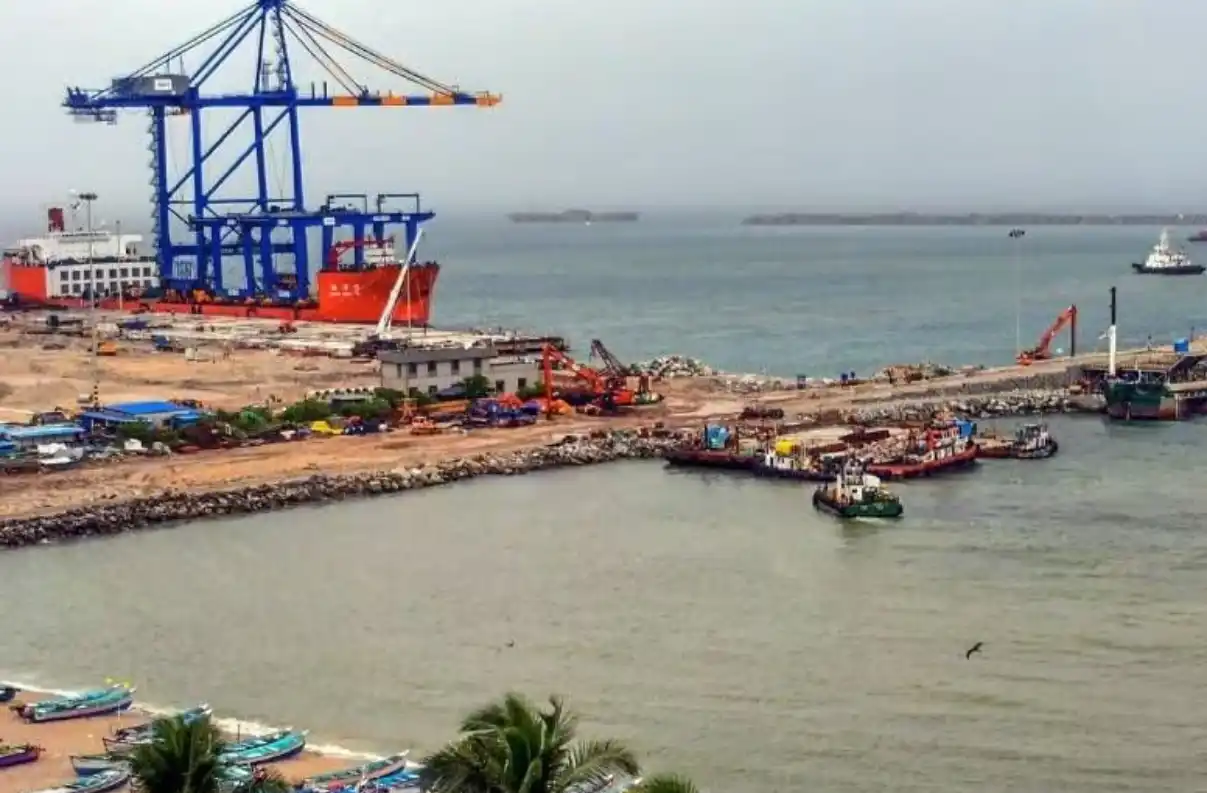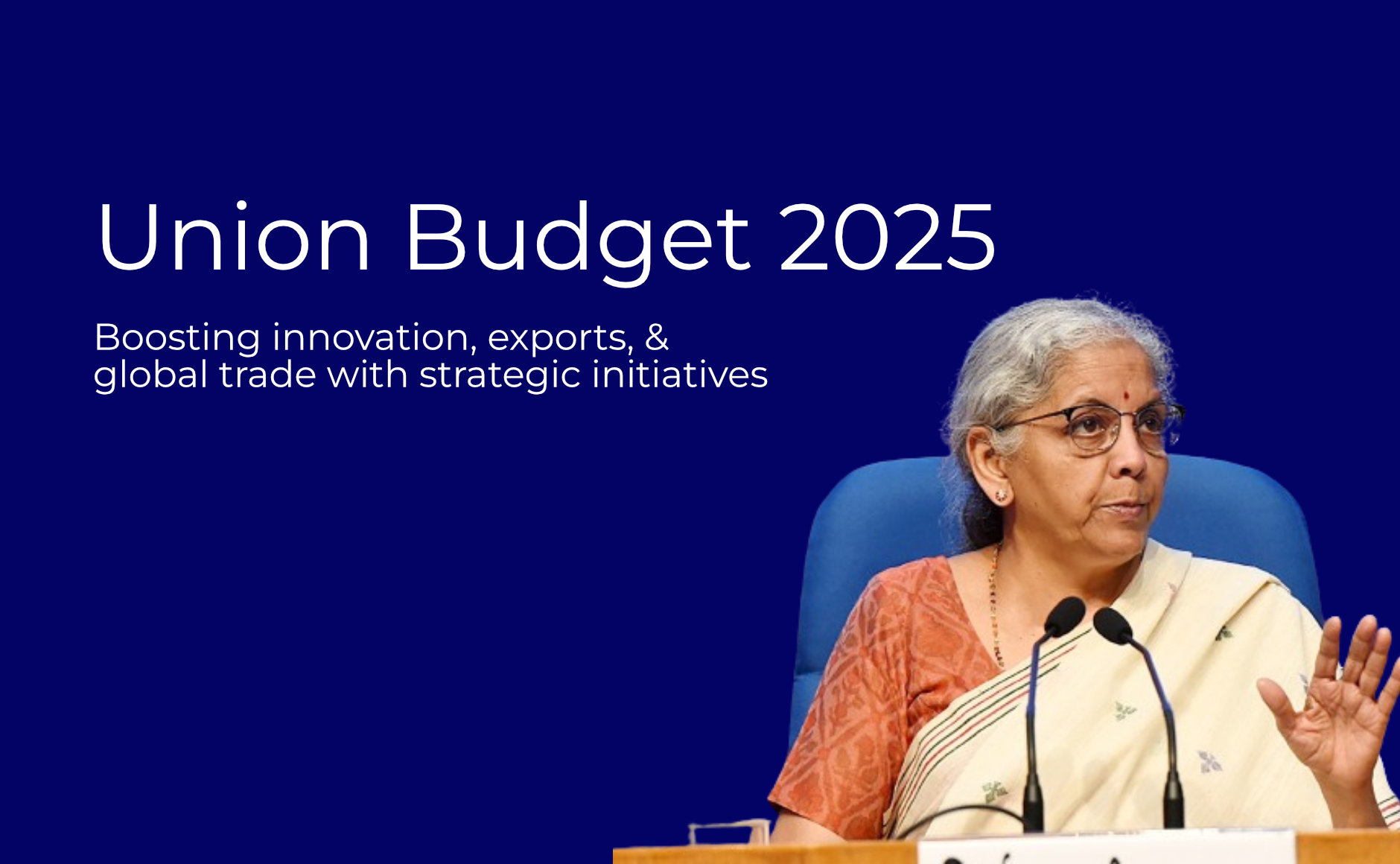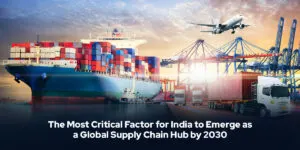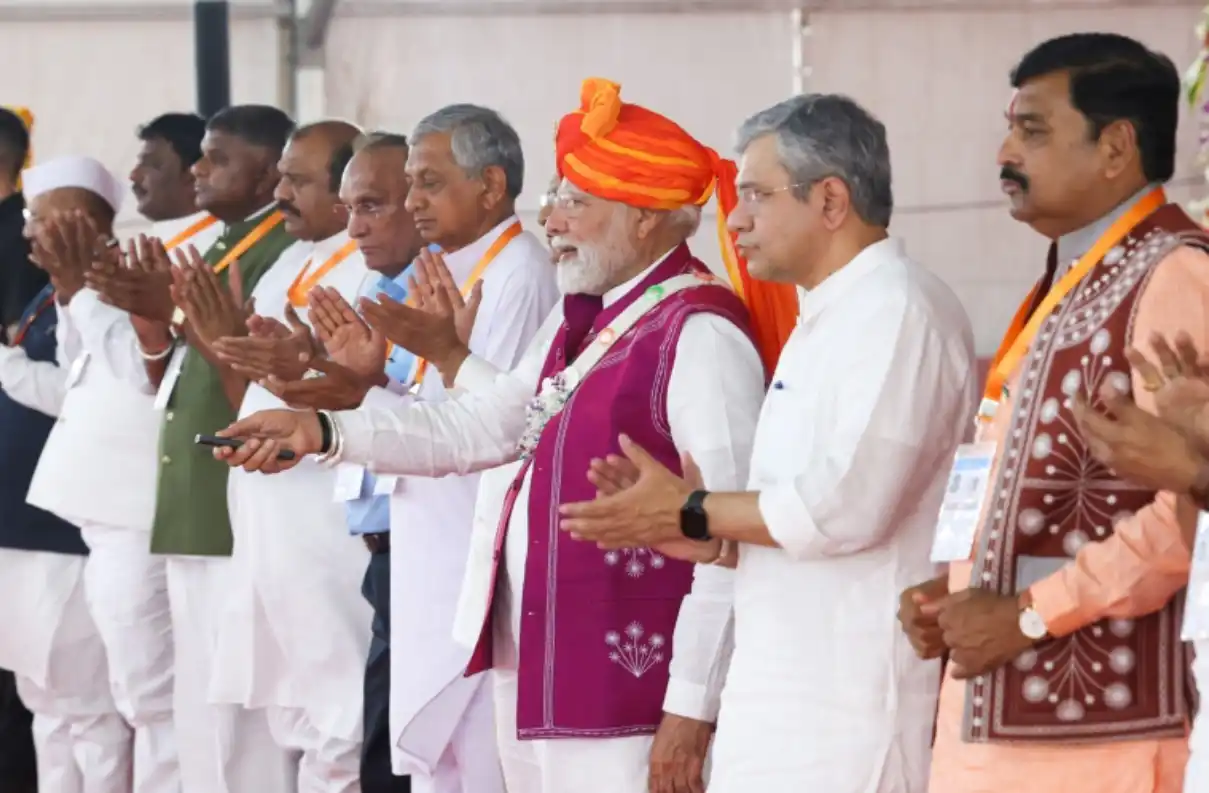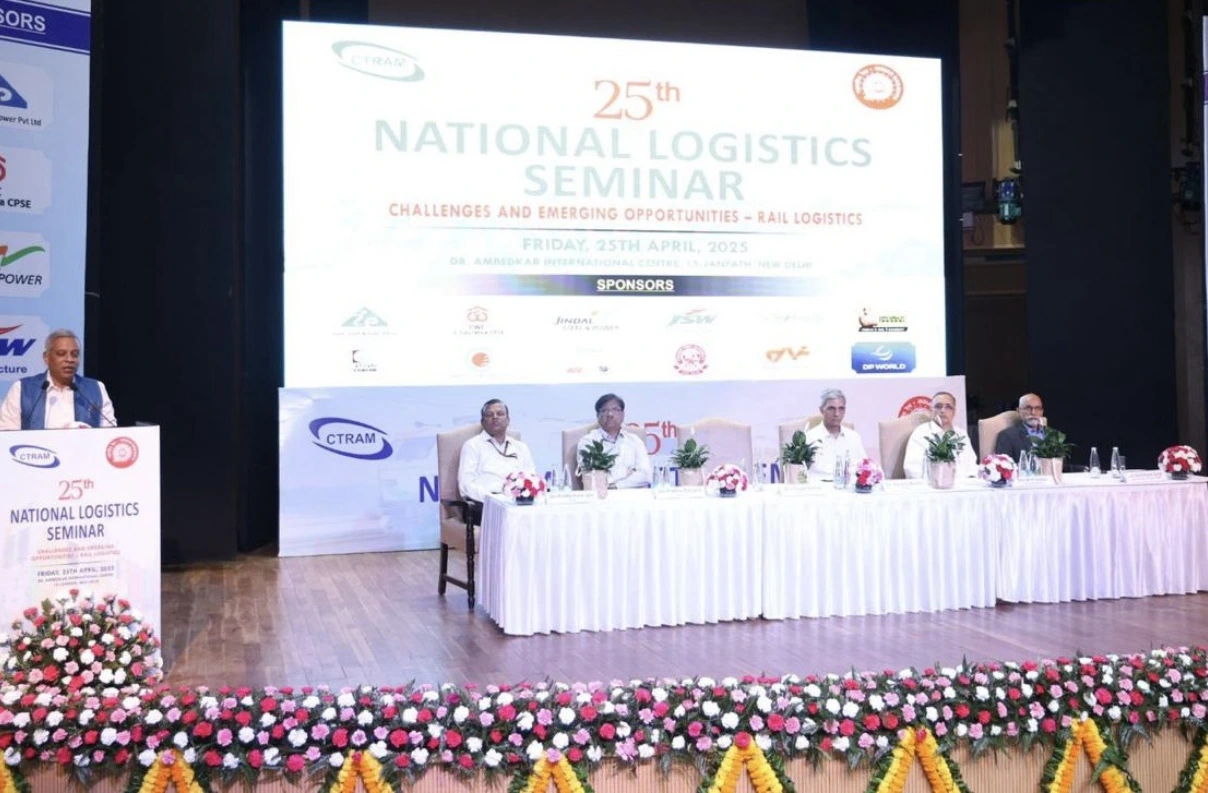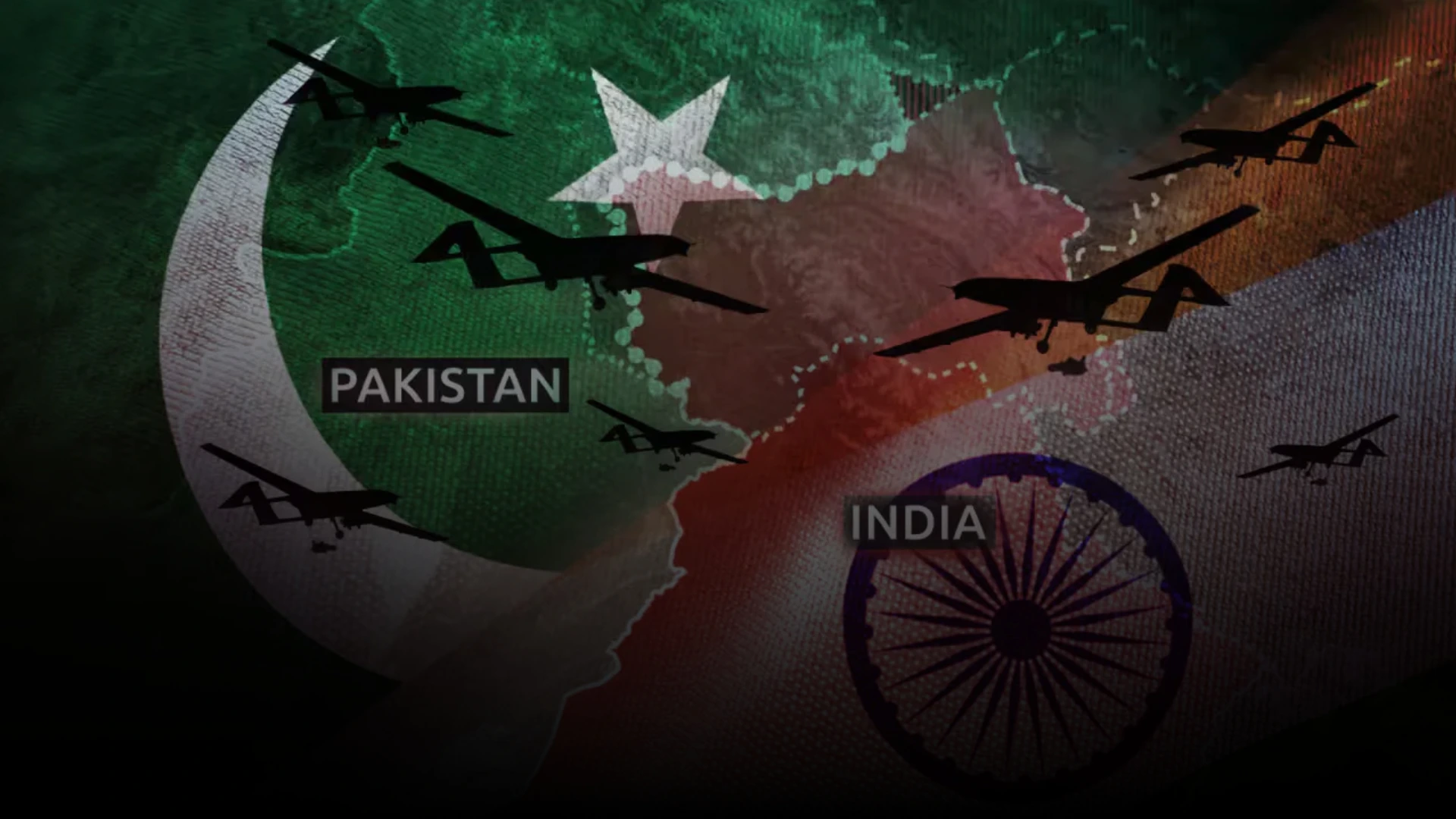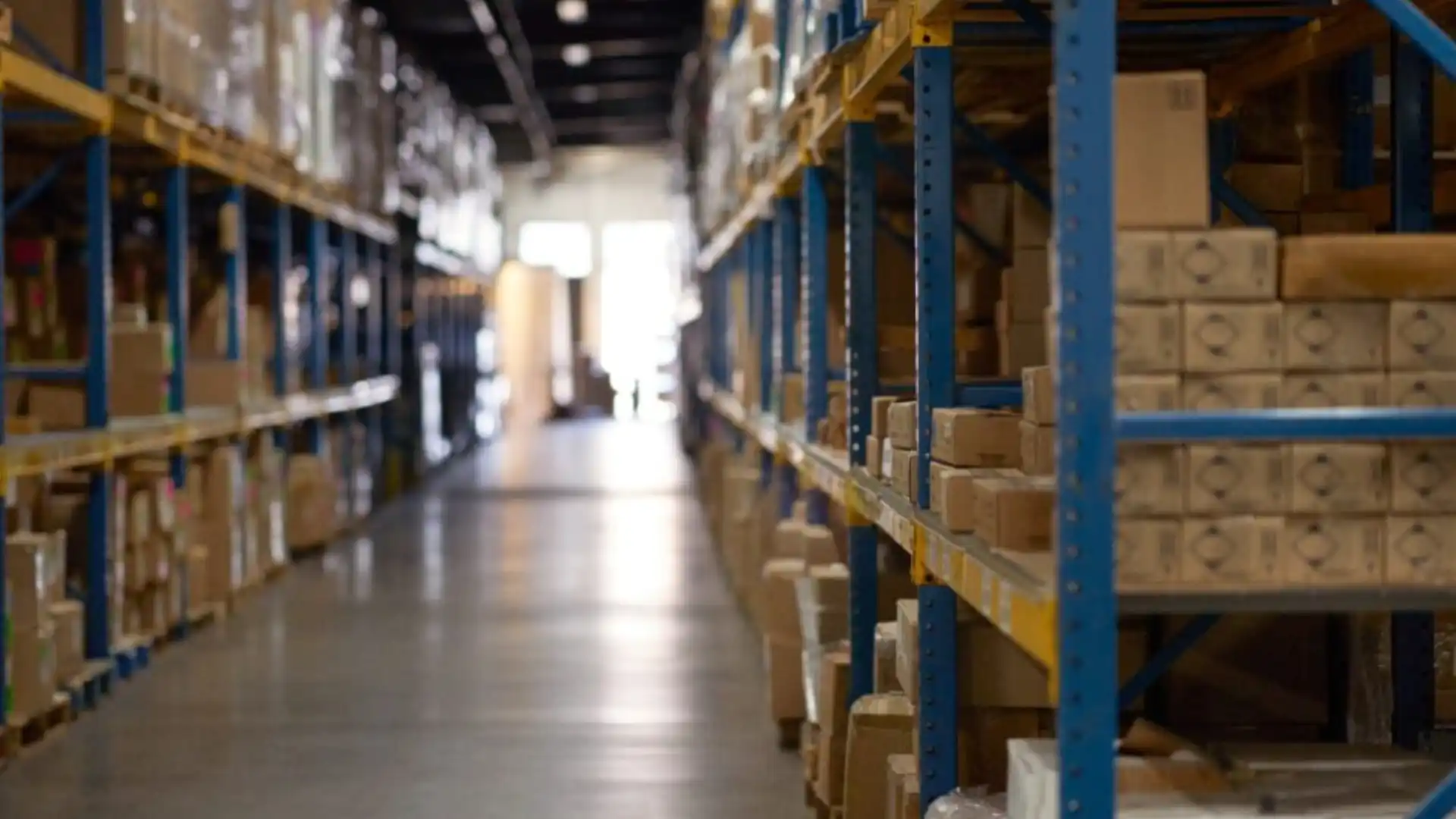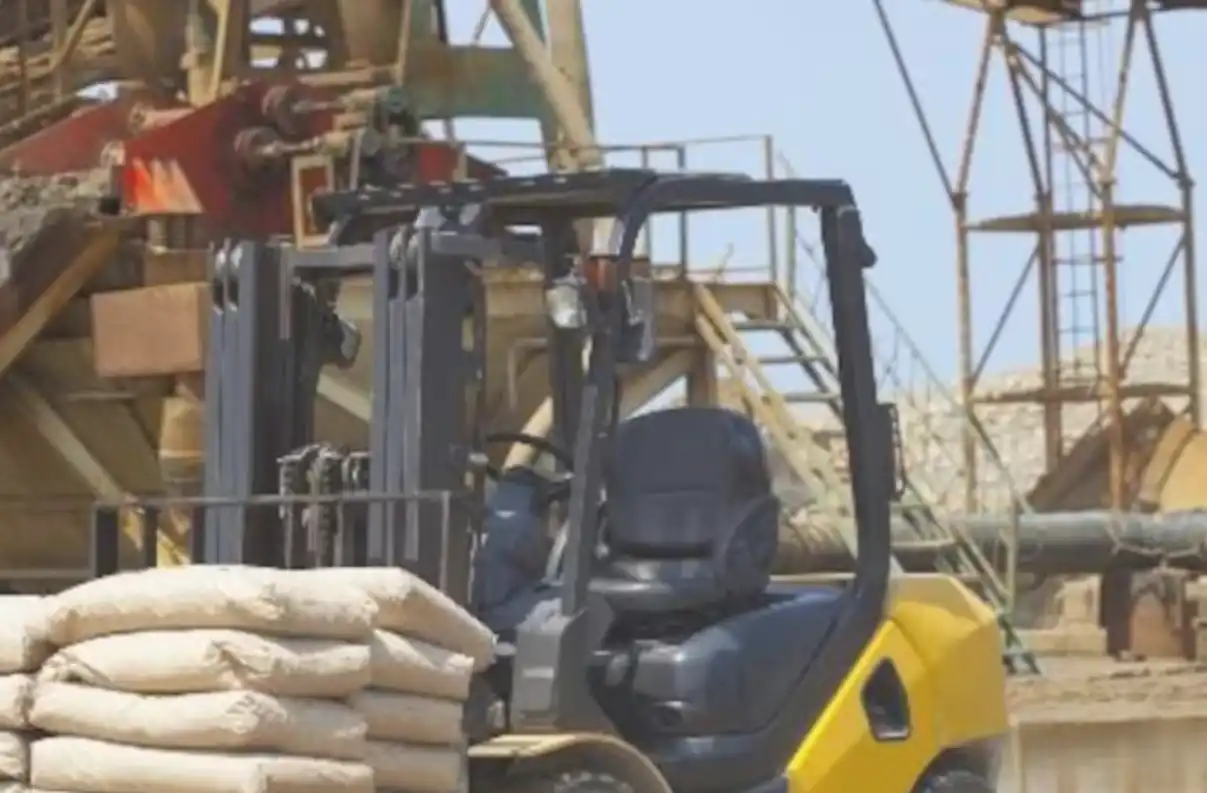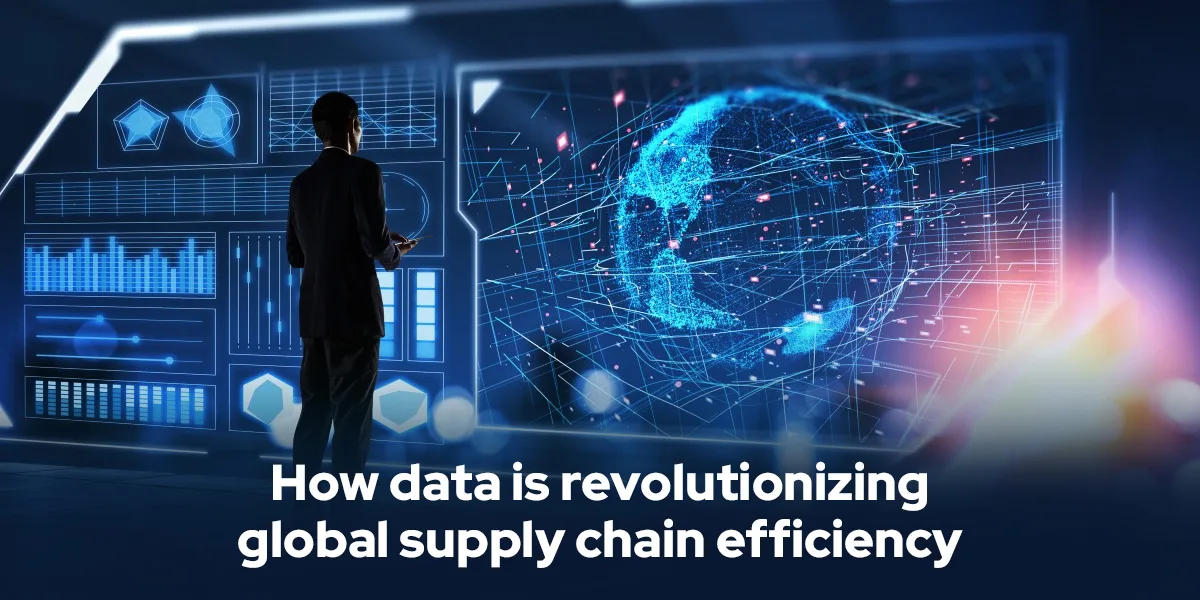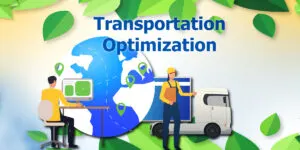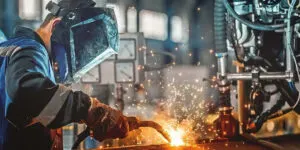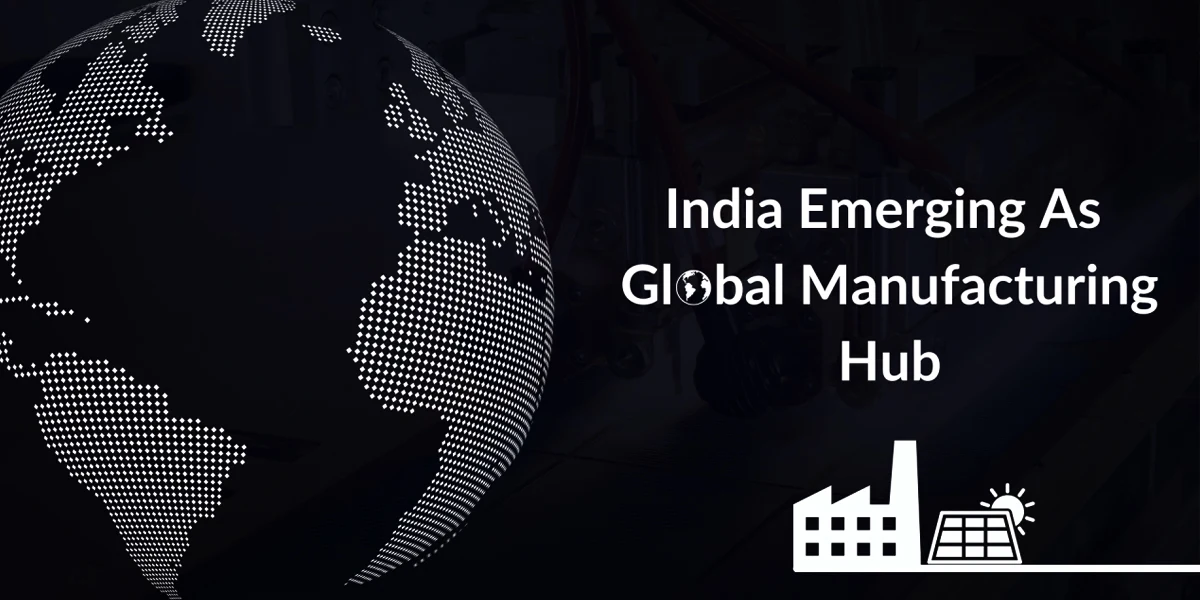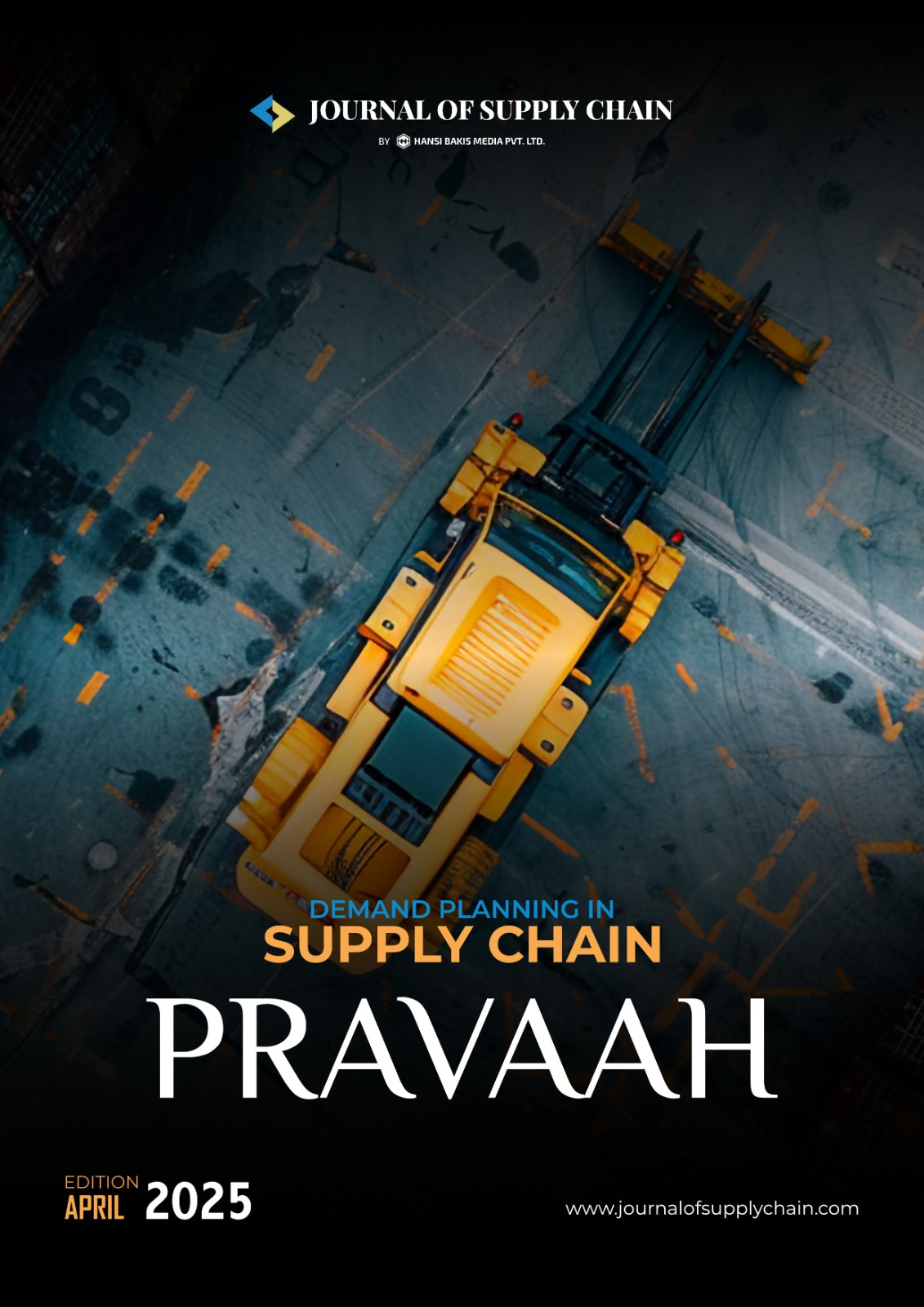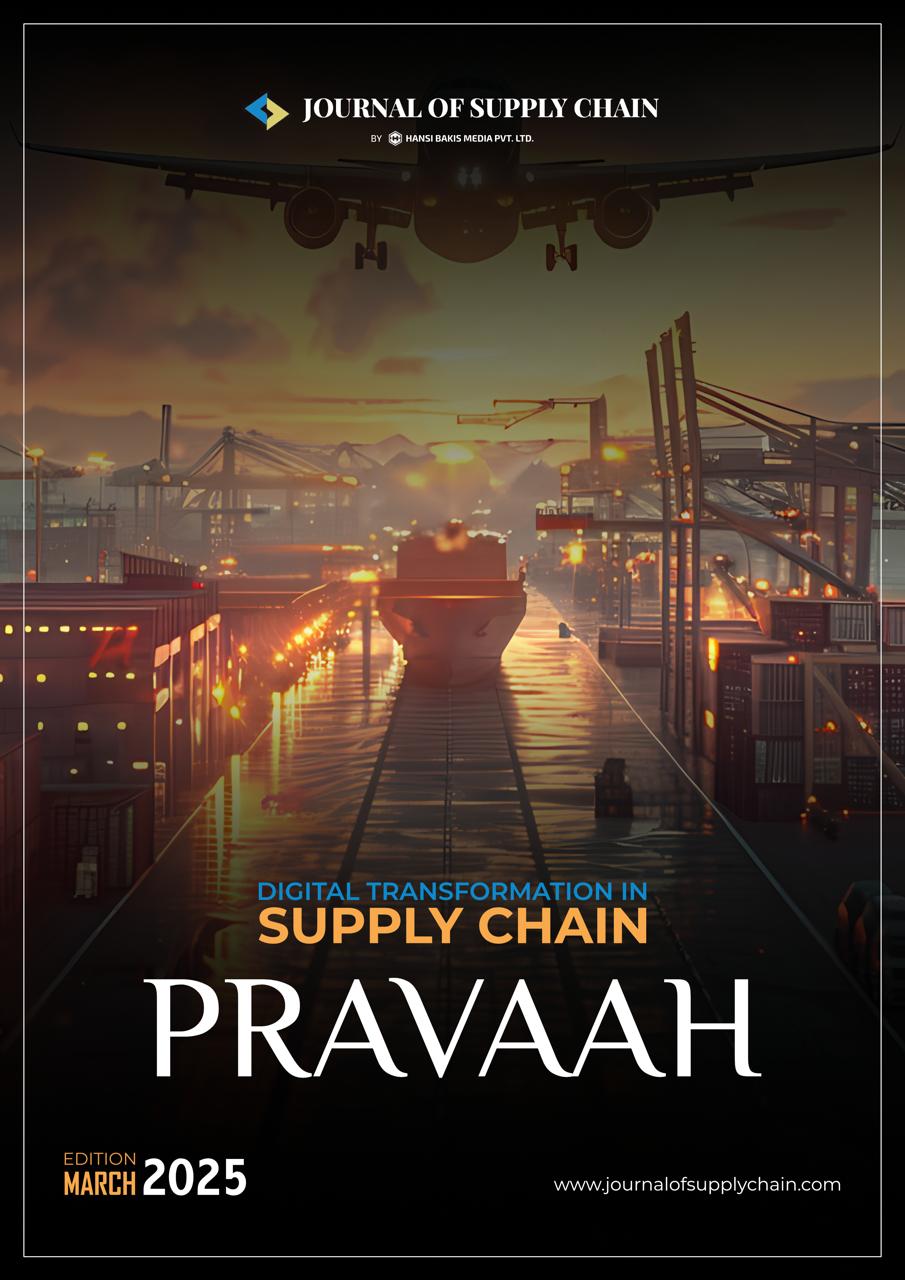Imagine a pod zooming through a steel tube at over 1,000 km/h, delivering goods or people faster than a flight. That’s the big promise of hyperloop, a concept that’s been around for a while, but never really took off. And now, India’s getting in the game. Union Railways Minister Ashwini Vaishnaw recently announced that IIT Madras is building Asia’s longest hyperloop test track, a 410-meter-long vacuum tube, which will later stretch to 460 meters. It’s a research initiative and will help us study the technology. But here’s the real question: what does it mean for India’s supply chains? A Hype Loop, Not a Hyperloop? Let’s break it down. The hyperloop was first proposed by Elon Musk in 2013 to fix “soul-destroying traffic.” His idea: put people or cargo in a capsule, move it inside a tube using magnetic levitation, and remove air resistance by making it a near vacuum. Fast, futuristic, and fancy but is it feasible? So far, not really. Hyperloop companies in the US, France, and UAE tried and failed. One of the most famous, Hyperloop One, did a small test in 2020 500 meters, two people, and a speed of just 175
The only supply chain registration you need
Unrivaled context behind every news and article for free.
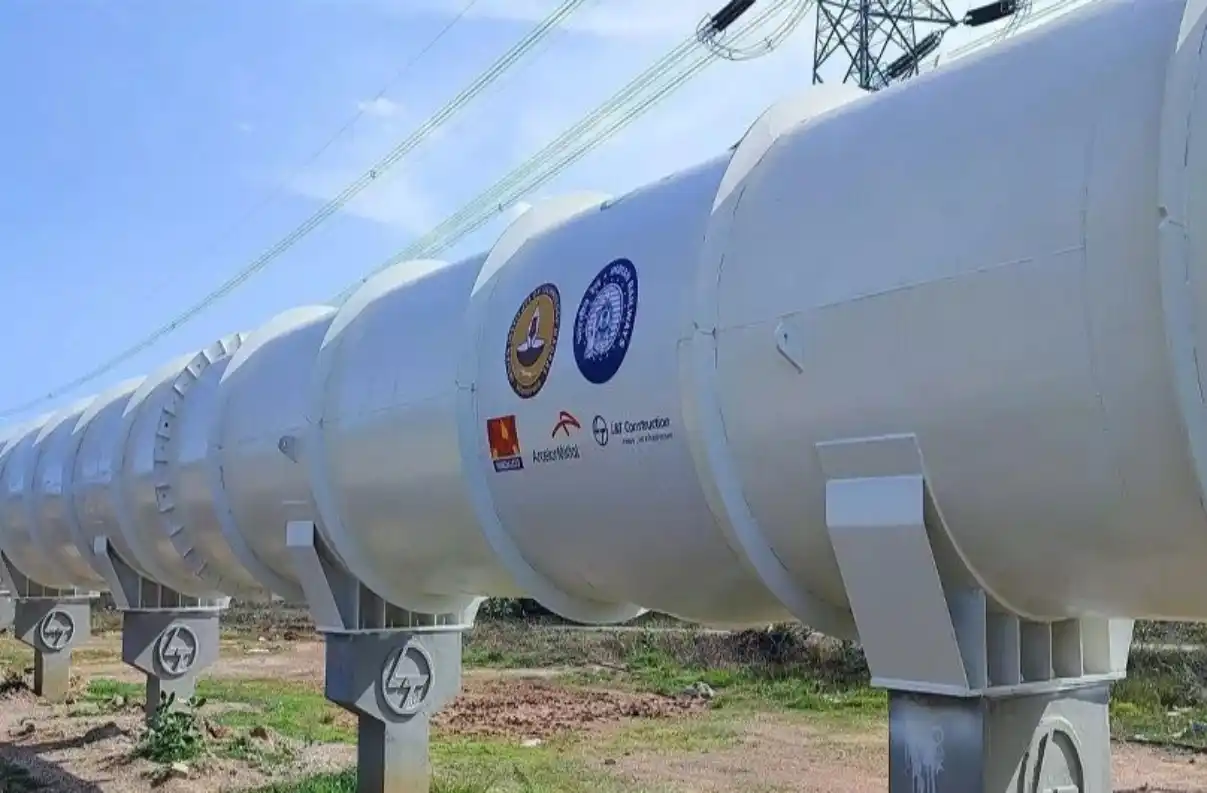
 Anamika Mishra
Anamika Mishra 